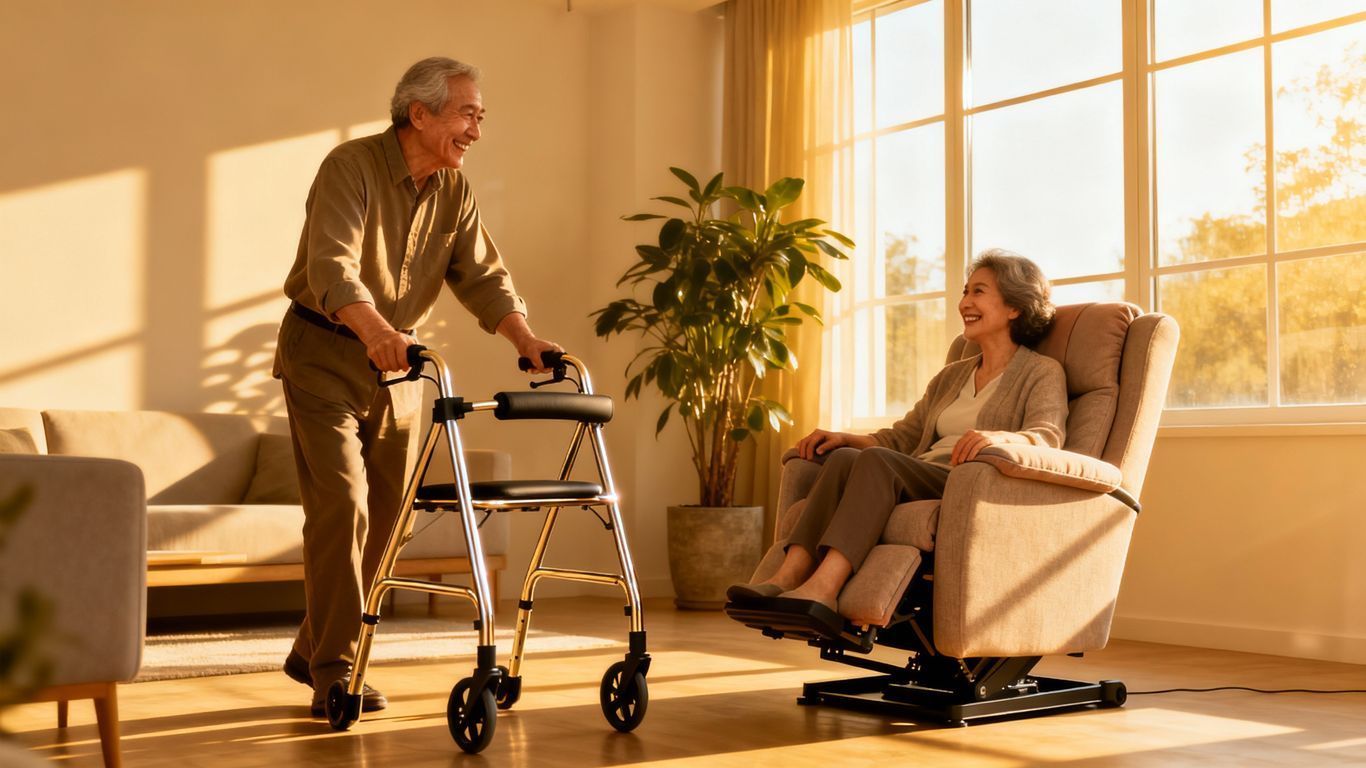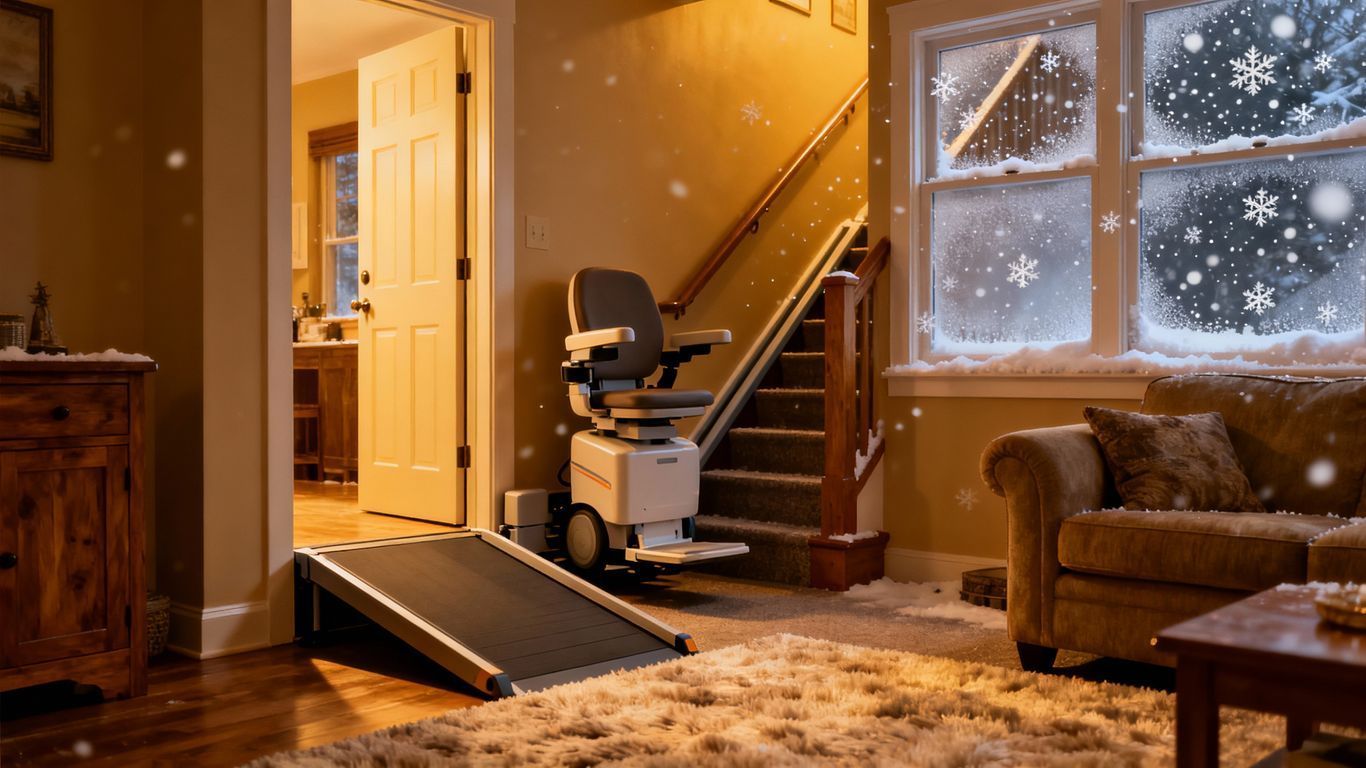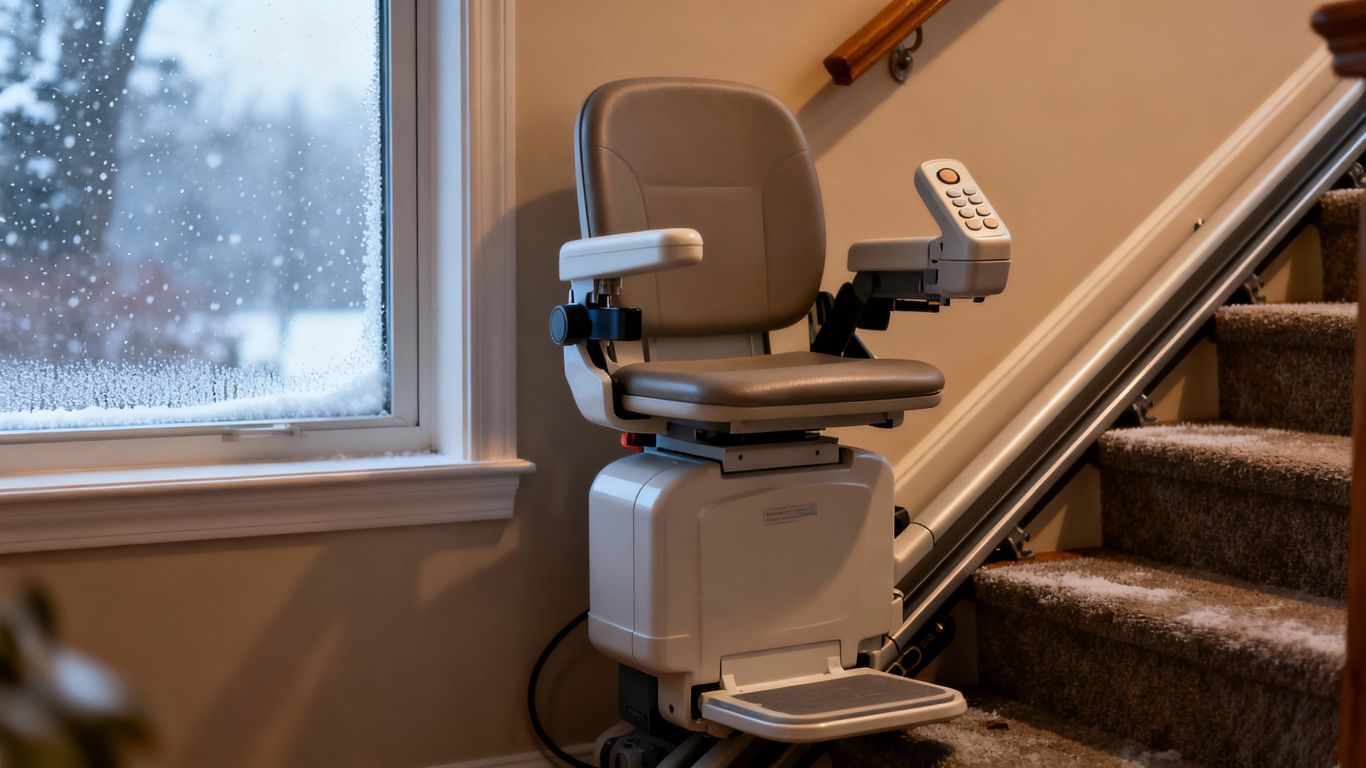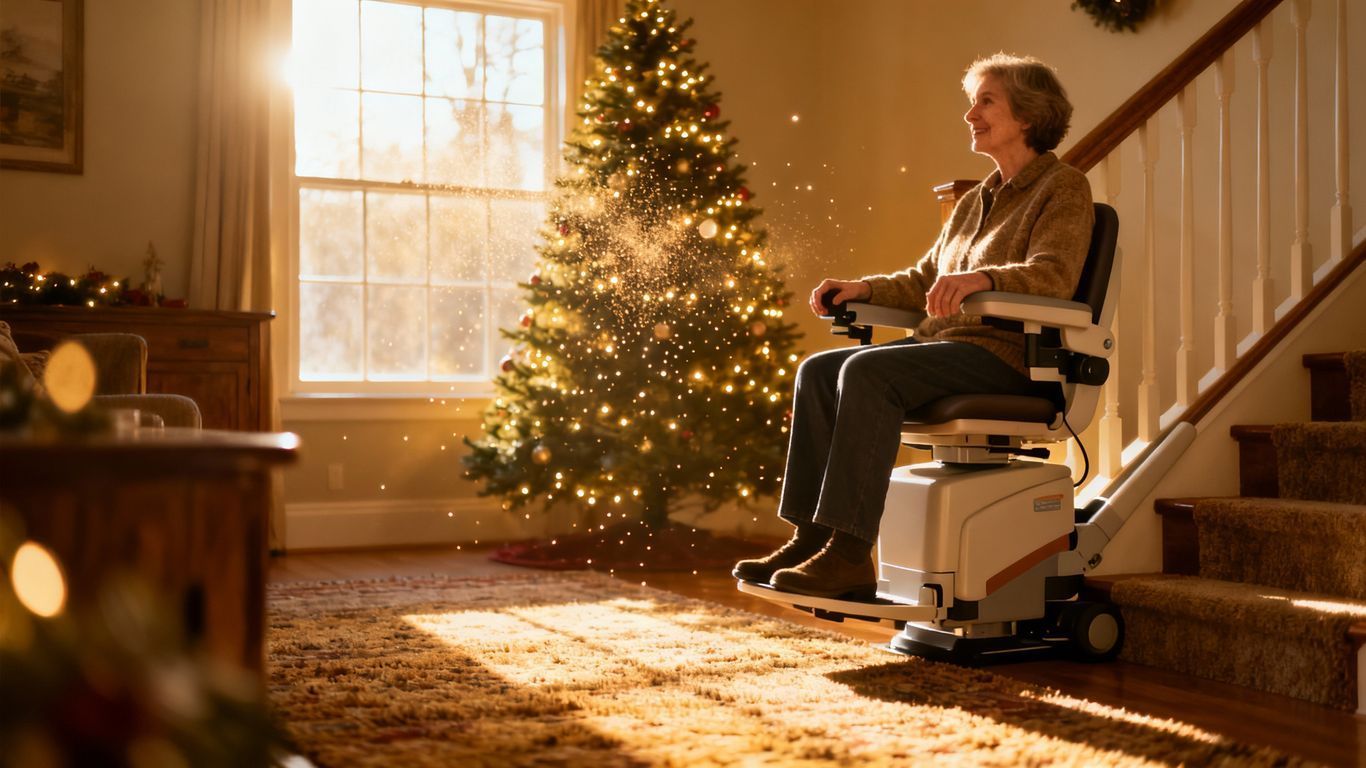Fall & Winter Readiness: How to Prepare Your Mobility Van in Chickamauga, Chattanooga & Surrounding Areas
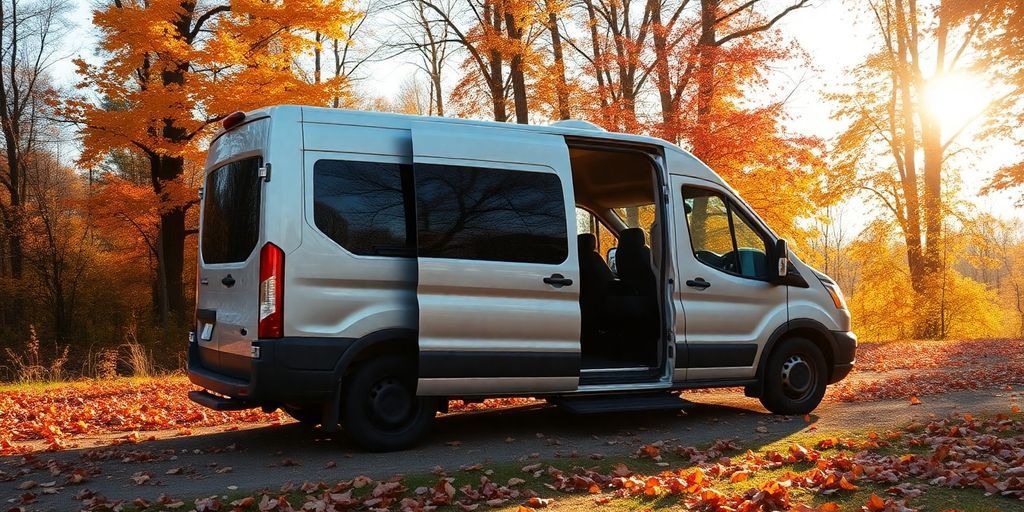
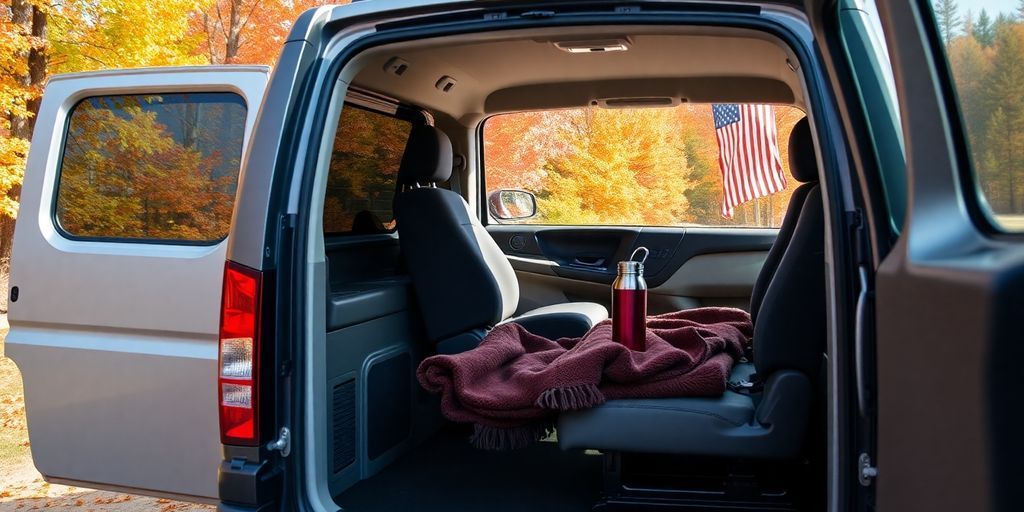
As the leaves start to change and the temperatures drop, it's time to think about getting your mobility van ready for the colder months. In places like Chickamauga, Chattanooga, and the surrounding areas, winter can bring some unique challenges. Making sure your van is in good shape for the season can help you avoid problems when you need it most. Here’s a straightforward guide on how to prep your mobility van for fall and winter.
Key Takeaways
- Check your tires for winter readiness to ensure safety.
- Keep fluids topped up to avoid freezing issues.
- Make sure your battery is in good shape to handle cold starts.
- Review safety features and emergency kits for peace of mind.
- Plan your routes ahead of time to avoid weather-related delays.
Essential Checks For Your Mobility Van
Before winter hits, it's super important to give your mobility van a good once-over. You don't want to get stuck somewhere because of something you could have prevented. I mean, who does, right? These checks are pretty straightforward, and doing them now can save you a lot of trouble later.
Inspecting Tires For Winter Conditions
First things first, take a look at your tires. Are they in good shape, or are they starting to look a little worn? Tire tread is key for driving in snow and ice. If your tires are balding, it's time for a new set. Consider winter tires if you live in an area with heavy snow. They make a huge difference. Also, check the tire pressure regularly. Cold weather can cause the pressure to drop, which affects handling and fuel economy. You can find the recommended pressure on a sticker inside your driver's side door.
Checking Fluid Levels
Next up, fluids. Pop the hood and check all the fluid levels:
- Oil
- Coolant
- Brake fluid
- Power steering fluid
- Windshield washer fluid
Make sure everything is topped off. Use a winter-specific windshield washer fluid that won't freeze. Low fluid levels can cause serious problems, especially in cold weather. Coolant is super important to prevent your engine from freezing. If you're not sure how to check these, your local mechanic can help. It's a simple check, but it can save you from major headaches.
Testing Battery Performance
Your battery works harder in the winter. Cold temperatures can reduce its capacity, making it harder to start your van. Have your battery tested to make sure it's in good condition. Most auto parts stores will do this for free. If your battery is old or weak, replace it before winter arrives. It's also a good idea to clean the battery terminals to ensure a good connection. A dead battery is the last thing you want on a cold morning. If you're experiencing slow starts, that's a sign your battery might be on its way out. Don't wait until it's too late! Consider getting a battery replacement if needed.
Doing these simple checks can make a big difference in your van's performance and reliability this winter. It's all about being prepared and taking care of your vehicle. A little bit of maintenance now can save you from a lot of problems down the road.
Preparing Your Mobility Van For Cold Weather
Applying Anti-Freeze Solutions
Okay, so when the temperature drops, you really gotta think about your van's coolant. It's not just about keeping the engine from overheating in the summer; it's super important to prevent it from freezing in the winter. Freezing coolant can cause some serious damage to your engine block, and nobody wants that. Make sure you've got the right mix of antifreeze and water. Usually, a 50/50 mix is good, but check your van's manual to be sure. It's a simple thing that can save you a ton of money and hassle.
Ensuring Proper Heating Functionality
Before winter really hits, give your van's heating system a good check. You want to make sure the heater is blowing hot air, and that all the vents are working properly. There's nothing worse than being stuck in a cold van on a freezing day. Check the blower motor, the heater core, and all the hoses. If you notice any weird smells or noises, get it checked out by a mechanic. Also, make sure your defroster is working well. You'll need it to keep your windshield clear of ice and snow.
Installing Winter Wiper Blades
Winter wiper blades are a must-have. They're designed to handle snow and ice much better than regular wiper blades. They're usually made with a heavier rubber compound and have a different design that prevents ice buildup.
- Look for blades that are specifically labeled as "winter wiper blades."
- Make sure they're the right size for your van.
- Replace them before the first snowfall.
Driving with worn-out or ineffective wiper blades in the winter is not only annoying but also dangerous. It can seriously reduce your visibility and make it harder to see the road. So, don't skimp on this one. It's a small investment that can make a big difference in your safety.
Safety Features To Review Before Winter
Winter's coming, and it's not just about snow. It's about making sure everything on your mobility van is working right, especially the safety stuff. You don't want to be stuck somewhere because of something you could have checked beforehand.
Verifying Emergency Kits
Okay, so you've got an emergency kit, right? But when's the last time you actually looked inside? Now's the time to make sure everything's still good. Batteries die, food expires, and things just generally get old. Here's a quick checklist:
- Check expiration dates on food and medicine.
- Make sure your flashlight has working batteries. Maybe even throw in a spare set.
- Confirm you have a blanket, first-aid supplies, and any necessary medications.
Checking Seatbelt Functionality
Seatbelts. Obvious, right? But give them a good once-over. Make sure they buckle and unbuckle easily. Check for any fraying or damage to the straps. A seatbelt that's not working right is basically useless. Here's what to look for:
- Inspect the webbing for cuts or tears.
- Test the locking mechanism to ensure it engages properly.
- Make sure the seatbelts are easily accessible and not obstructed.
Testing Accessibility Features
This is super important. If you rely on specific features to get in and out of your van, you need to make sure they're working perfectly. Cold weather can mess with things, so test everything out.
- Ramps: Make sure they deploy and retract smoothly. Check for ice buildup.
- Lifts: Test the lift's full range of motion. Listen for any unusual noises.
- Door Openers: Ensure automatic door openers are functioning correctly.
Don't wait until you're stranded in the cold to find out something isn't working. A little bit of preparation now can save you a lot of trouble later. Plus, it gives you peace of mind knowing you're ready for whatever winter throws your way. Remember to check tire chains before you go.
Maintaining Your Mobility Van's Exterior
Keeping the outside of your mobility van in good shape is super important, especially when fall and winter roll around. The weather can be tough on vehicles, so a little extra care goes a long way. I've learned this the hard way after a few winters of neglect!
Protecting Against Road Salt Damage
Road salt is the enemy! It can cause rust and corrosion like crazy. Here's what I do:
- Wash your van frequently, especially after driving on salted roads. Don't let that salt sit there.
- Use a car wash with an undercarriage spray. This gets the salt off the hard-to-reach spots.
- Consider a rust inhibitor spray. Apply it to areas prone to rust, like wheel wells and under the bumpers. I swear by this stuff.
Regular Washing Techniques
Just washing your van isn't enough; you gotta do it right. Here's my routine:
- Use a good quality car wash soap. Dish soap is a no-no; it can strip the wax.
- Wash from top to bottom. This prevents dirt from scratching the clean areas.
- Rinse thoroughly. Soap residue can leave spots and attract dirt. I use a pressure washer, but a regular hose works too.
Applying Wax For Protection
Waxing is like giving your van a shield. It protects the paint from the elements and makes it easier to wash. I try to wax mine at least twice a year, once before winter and once after.
- Choose a wax that's right for your paint. There are different types for different finishes.
- Apply the wax in thin, even coats. Too much wax is hard to buff off.
- Buff the wax off with a clean microfiber cloth. This gives it that shiny, protected finish. Don't forget to check the vehicle battery for optimal performance during the cold months.
Taking these steps will help keep your mobility van looking good and protected from the harsh elements of fall and winter. It's a bit of work, but it's worth it in the long run. Trust me, your van will thank you!
Interior Comfort Adjustments For Seasonal Changes
As the seasons shift, it's not just about prepping the mechanics of your mobility van; it's also about making sure the inside is comfy for those chilly or sweltering rides. Let's face it, nobody wants to be shivering or sweating during a trip, especially if it's a longer one. So, here’s how to tweak the interior for maximum comfort.
Ensuring Adequate Heating
First things first, let's talk about heat. A functional heating system is non-negotiable when winter rolls around. You don't want to be that person wrapped in five blankets just to make a quick run to the store. Here's a quick checklist:
- Test the heater: Crank it up and make sure it's blowing warm air. If it's just puffing out cold air, it's time for a check-up.
- Check the vents: Ensure all vents are clear and directing air where it needs to go. Blocked vents can seriously reduce heating efficiency.
- Inspect the coolant: Coolant is crucial for your heating system to work properly. Make sure it's at the right level and in good condition.
Checking Upholstery Condition
Upholstery might not be the first thing that comes to mind when prepping for seasonal changes, but it plays a big role in comfort. Think about it: cracked, worn-out seats aren't exactly inviting, especially on a long drive. Plus, they can get super cold in the winter or sticky in the summer. Consider these points:
- Inspect for tears: Look for any rips or tears in the upholstery. Small tears can quickly become big problems if left unattended.
- Clean thoroughly: Give the seats a good cleaning to remove any dirt or grime that's accumulated over time. This can make a surprising difference in comfort.
- Consider seat covers: If your upholstery is in rough shape, think about investing in some seat covers. They can add an extra layer of comfort and protection.
Organizing Mobility Aids
Keeping mobility aids organized is always important, but it becomes even more crucial during seasonal changes. You don't want to be fumbling around for your cane or walker in the dark on a rainy night. Here’s how to keep things tidy:
- Designated storage: Make sure there's a specific spot for each mobility aid. This could be a dedicated compartment or a secure strap.
- Accessibility: Ensure that all mobility aids are easily accessible from the driver's seat or passenger area. You don't want to have to reach or strain to get what you need.
- Secure placement: Double-check that everything is securely fastened to prevent it from shifting or falling during transit. Loose items can be a safety hazard.
Making these interior adjustments can significantly improve your comfort and safety during seasonal changes. It's all about creating a pleasant and functional environment inside your 2025 Honda Odyssey wheelchair van, no matter what the weather throws your way.
Planning For Seasonal Travel With Your Mobility Van
Mapping Accessible Routes
When the seasons change, so do road conditions. It's not just about snow and ice; even heavy rain or fallen leaves can make travel tricky. Before you head out, spend some time planning your route, focusing on accessibility. Consider these points:
- Check for road closures or construction that might affect accessible routes.
- Use online mapping tools to identify accessible parking and restrooms along the way.
- Call ahead to your destinations to confirm accessibility and any seasonal changes to their facilities.
Identifying Local Resources
Traveling in the fall and winter means being prepared for the unexpected. Knowing where to find help can make all the difference. Here's what to consider:
- Compile a list of local mechanics who specialize in mobility vans along your route.
- Identify hospitals and emergency services that are accessible and equipped to handle your needs.
- Keep contact information for local disability organizations that can provide assistance or resources.
Preparing For Weather-Related Delays
Weather can be unpredictable, especially during seasonal transitions. Being prepared for delays can reduce stress and keep you safe. Here's how:
- Pack an emergency kit with extra medication, food, water, and warm clothing.
- Charge your phone and consider bringing a portable charger.
- Inform someone of your travel plans and estimated arrival time, and update them if your plans change.
It's always a good idea to have a backup plan. Consider alternative routes or destinations in case of severe weather. Flexibility can turn a potentially stressful situation into a manageable one.
Finding Professional Help For Seasonal Maintenance
Okay, so you've done your best to get your mobility van ready for the fall and winter months. But let's be real, sometimes you just need a professional. It's like when I tried to fix my washing machine – ended up flooding the entire laundry room. Some things are best left to the experts, especially when it comes to your mobility van and your safety.
Choosing Local Mechanics Specializing In Mobility Vans
Finding the right mechanic is key. You don't want just any shop; you need one that understands the unique needs of mobility vans. Look for mechanics who have experience with accessibility features. Ask around, read reviews, and don't be afraid to call and ask specific questions about their experience with mobility equipment. It's worth the extra effort to find someone you trust.
Scheduling Regular Maintenance Checks
Don't wait until something breaks down to take your van in. Regular maintenance checks are crucial, especially before and after the harsh winter months. Think of it like going to the doctor for a check-up – it's better to catch small problems before they become big ones. Plus, a well-maintained van is a safer van. Make sure they check:
- Brakes
- Suspension
- Ramps/Lifts
Understanding Warranty Services
Knowing what your warranty covers can save you a lot of money and headaches. Read the fine print and understand what's included and what's not. Keep all your paperwork organized and know who to contact if you need to make a claim. It's also a good idea to ask your mechanic about warranty-approved parts and services to avoid any issues down the road.
It's easy to overlook the importance of professional maintenance, but it's an investment in your safety and the longevity of your mobility van. Don't cut corners when it comes to something this important.
Consider these points when planning your visit details:
- Operating Hours
- Fees
- Permits
When it comes to getting your seasonal maintenance done right, finding the right help is key. Whether you need someone to check your heating system or prepare your garden for spring, professional services can make a big difference. Don’t wait until the last minute! Visit our website today to find trusted experts who can help you keep everything in top shape.
Wrapping It Up
Getting your mobility van ready for fall and winter in Chickamauga, Chattanooga, and nearby areas doesn’t have to be a headache. Just take it step by step. Check the tires, make sure the heating works, and stock up on emergency supplies. It’s all about being prepared so you can enjoy the season without worries. Remember, a little effort now can save you a lot of trouble later. So, take some time to get your van in shape, and you’ll be all set for whatever the weather throws your way.
Frequently Asked Questions
What should I check on my mobility van before winter?
You should look at your tires, fluid levels, and battery to make sure everything is working well.
How can I keep my mobility van warm in cold weather?
Make sure your heating system is working and consider using anti-freeze solutions.
What safety items should I have in my van for winter?
It's important to have an emergency kit, check that seatbelts work, and test any special features for accessibility.
How can I protect the outside of my van from winter damage?
You can wash your van regularly to remove road salt and apply wax to help protect the paint.
What can I do to make the inside of my van comfy during the winter?
Check that the heating is good, look at the condition of the seats, and organize any mobility aids you use.
How do I plan for traveling in winter with my mobility van?
Plan your route carefully, know local resources, and prepare for possible delays due to bad weather.

